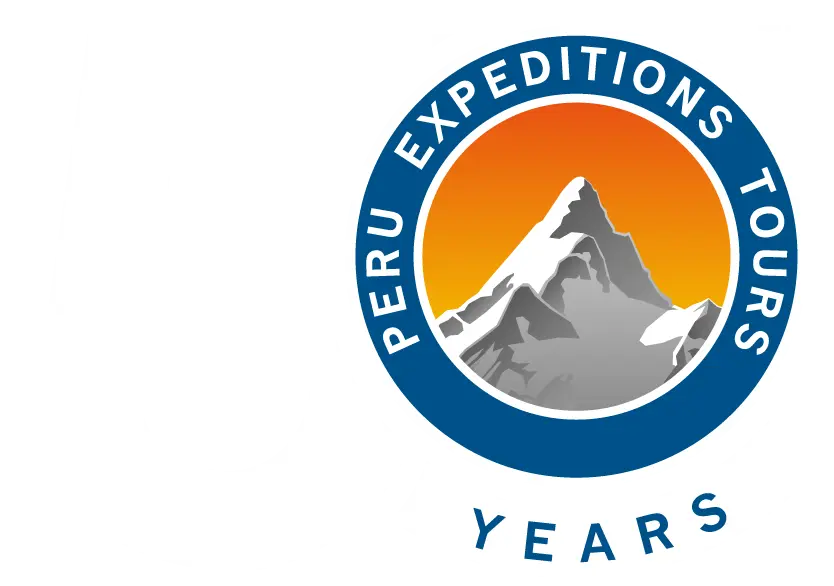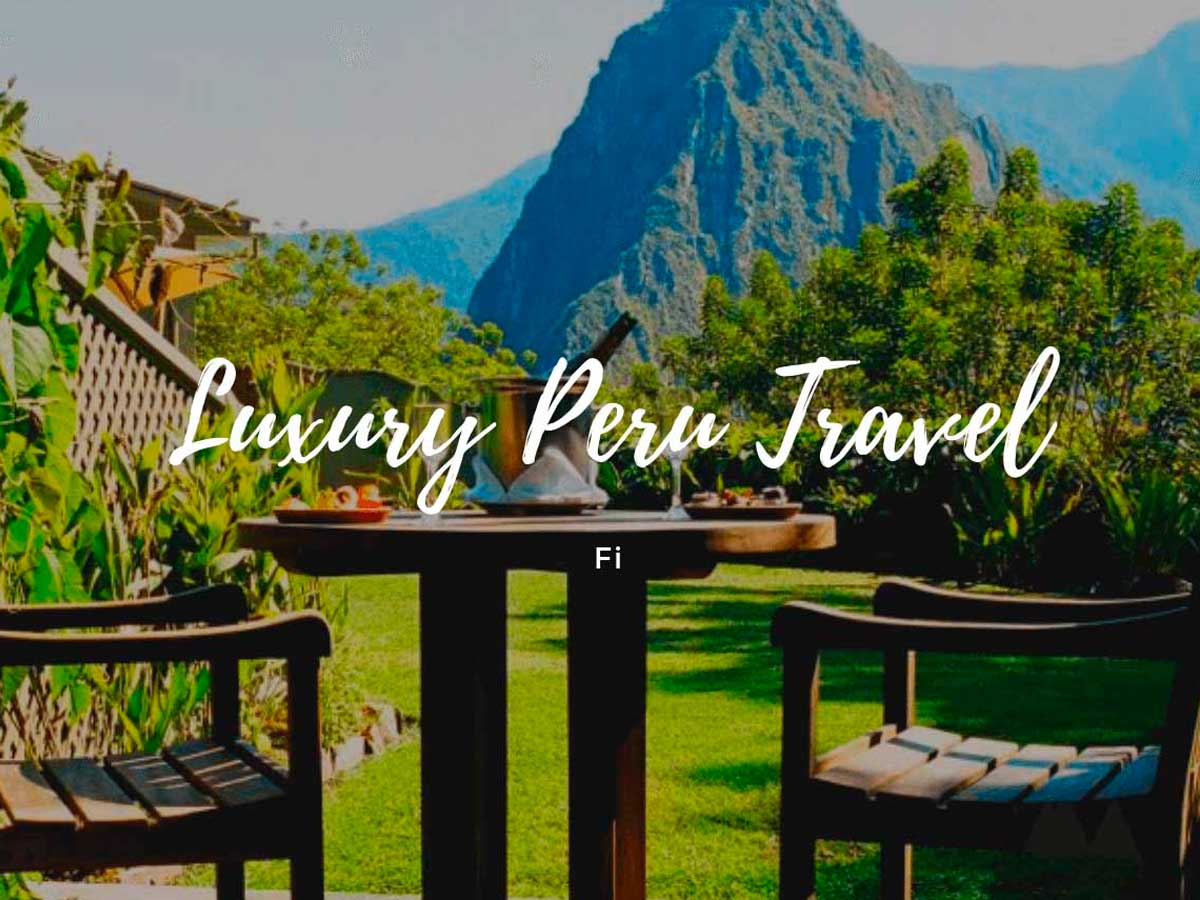The Huascarán National Park is located in the north-central part of the country, occupying part of the provinces of Huaylas, Yungay, Carhuaz, Huaraz, Recuay, Bolognesi, Huari, Asunción, Mariscal Luzuriaga and Pomabamba in the department of Ancash, and has an extension of 340,000 hectares. The Huascarán National Park is one of the most emblematic in the country since it protects one of the areas with the greatest biological and cultural diversity in Peru.
In its interior it protects the ecoregion of the Humid Puna of the Central Andes. It was created in 1975 and in 1977 it was declared a Biosphere Reserve by UNESCO; and in 1985 it was included in the UNESCO World Natural Heritage list. The territory of the Huascarán National Park is rugged and includes the eastern flank of the Cordillera Blanca in the area of the Callejón de Conchucos and the western flank in the area of the Callejón de Huaylas. It has snow-capped peaks with altitudes ranging between 5,000 m.a.s.l. and 6,768 m.a.s.l. (Huascaran); deeply encased ravines as a result of fluvioglacial erosion; and a large number of lagoons.
The Huascarán National Park is located in an eminently tropical area, housing the highest snow-capped mountains in the world in this geographical region. Within its limits there are about 660 glaciers and 300 lagoons of glacial origin. That is why the importance of the Huascarán National Park is also reflected in its hydrological potential, since its snow-capped mountains feed the basin of the Santa, Marañón and Pativilca rivers.
The pristine character of the landscape is impressive and is the central attraction of the Huascarán National Park. Thus, the good state of conservation of its ecosystems is the main axis of activation of the local economy. Visiting this great protected space is almost an obligation. Touring this place is a journey through the history of Peru and the imposing nature of our geography.
Objetive
Protect the largest tropical mountain range in the world, its wealth of flora and fauna, geological formations, snow-capped mountains and scenic beauty. Protect the ecosystems of the Cordillera Blanca that are the natural, scientific and cultural heritage of the nation.
Creation
On July 1, 1975, through Supreme Decree No. 0622-75-AG. Recognized by UNESCO as a Biosphere Reserve on March 1, 1977, and in 1985 as a Natural World Heritage Site.
Location
In the department of Ancash, in the provinces of Huaylas, Yungay, Carhuaz, Huaraz, Recuay, Bolognesi, Pomabamba, Huari, Mariscal Luzuriaga and Asunción.
Extension
340,000.00 hectares.
Flora and fauna
More than 120 species of birds and 10 mammals are registered in the Park. Among the most outstanding birds we have the Andean condor (Vultur gryphus), the torrent duck (Merganetta armata) and the puna partridge (Tinamotis pentlandii), the slang duck (Anas georgica spinicauda), the Andean duck (Lophonetta specularioides alticola) . There is also the pimpollo grebe (Rollandia rolland morrisoni), the giant coot (Fulica gigantea), the Andean gull (Larus serranus).
Among the mammals, the wild cat (Oncifelis colocolo), the Andean cat (Oreailurus jacobita), the spectacled bear (Tremarctos ornatus), the taruca (Hippocamelus antisensis) and the vicuña (Vicugna vicugna) stand out. Other species are the gray deer (Odocoileus virginianus), the puma (Puma concolor incarum), the vizcacha (Lagidium peruanum), the weasel (Mustela frenata agilis), the añaz (Conepatus sp.), the Andean fox (Pseudalopex culpaeus), among others.
The PNH presents a wide spectrum of microclimates, which causes it to have a mosaic of different types of vegetation. 779 species of high Andean flora distributed in 340 genera and 104 families have been identified. In this floristic diversity, the Bromeliaceae family is represented by the puya Raymondi (Puya raimondii), a species that has the largest inflorescence in the world and is one of the Park’s conservation objects. Stands of puya Raymondi can be seen mainly in the Carpa and Queshque streams.
There are also relict forests of quisuar (Buddleja coriacea) and queñua (Polylepis sp), which are located mainly to the north of the Llanganuco sector. There are also high Andean prairies, puna grass and various oconales (bofedales), located mainly above 4,500 m.a.s.l.
Climate
The minimum temperatures occur in the high parts of the mountain range, reaching an annual average of 0° Centigrade and the maximum around 7° C. As you go down in altitude, the temperatures rise and the weather becomes more pleasant.
Tourist routes
In the Huascarán National Park you can practice mountain biking, skiing, climbing, adventure walks and experiential tourism that allows you to get to know this fascinating place, the scene of the development of part of our culture.
The national park has about 25 trekking circuits and 102 climbing destinations. 33 archaeological sites have been identified that include rock art, settlements, terrace systems, roads, cultivation terraces, chullpas, tombs, viewpoints, fortifications, irrigation canals, micro-dams, etc., the most representative being: Auquispuquio, Cullicocha, Queshquepachan, Paccharuri, Quilcayhuanca, Nuevo Tambo, Cayesh, Pachacoto and the pre-Hispanic road from Olleros to Chavín.
Llanganuco Ravine:
These are two beautiful glacial lagoons located 25 km northeast of Yungay, between the snowy Huascarán —the highest in Peru— and Huandoy. From here there is a pedestrian path (María Josefa) that crosses a dense forest of queñuales through which a stream of crystal-clear waters runs, which is ideal for observing birds and wild flora.
Laguna Purhuay:
It is located 5 km from Huari in the Conchucos region. It is a 3 km long water mirror surrounded by mountains and eucalyptus forests.
Puya stands:
They are located in the Carpa and Queshque ravines to the south of the PNH. They are accessed through a paved path that leads to the Pastoruri glacier. On the route you can visit the carbonated waters of Pumapampa. Likewise, you can participate in the community rural tourism activities of the Rural Community of Cátac.
Querococha Lagoon:
It is located 20 km northeast of Recuay on the road to Chavín. It is located at the foot of the snowy peaks Yanamarey and Pucaraju. It is the ideal destination to spend a morning boat ride.
How to get to the Park?
To visit the Huascarán National Park you must first arrive in Huaraz. To get to it, you can take one of the following options:
Take a bus: for those who may have complications due to the altitude of the area (Huaraz has an altitude of 3,052 meters above sea level), this option is the most recommended, since you will ascend slowly and gradually. If you decide to get to Huaraz by bus, the approximate travel time is 8 and a half hours. The good news is that as the trip progresses, you will be able to appreciate the beautiful landscapes that Peru has.
Arriving by plane: Of course, taking a flight is the fastest way to get there, but it is also the most expensive. It is important to keep in mind that the plane will not arrive directly to Huaraz, but to Anta airport, which is only 15 minutes from Huaraz.
Previous advice before visiting the Huascarán National Park
One of the most important pieces of information that you should consider before deciding on the package or travel plan of your choice is to verify that the tourism and/or transportation agency is authorized by the National Service of Natural Areas Protected by the State (Sernanp).
To enter the Park it is mandatory to enter with a guide and specialized personnel. In this way, you will not have any inconvenience when entering, since the guides will be able to show their valid cards at all the control posts, which is necessary to avoid informal and unauthorized services.
With the purchase of your ticket, you will be contributing to the conservation of the Park, so it is important to keep it in good condition during your stay. In addition, you may have to present it at each of the checkpoints.
On the other hand, if you want to practice adventure or extreme activities, we advise you to hire authorized tourist services.
Likewise, if you suffer from low altitude (Huaraz has an altitude of 3,052 meters above sea level), we recommend you drink plenty of water and walk around the city of Huaraz for at least one or two days before starting any walk through the Park. and that you can acclimatize to the altitude. If you suspect that you are suffering from altitude sickness, it is important that you see a doctor or health personnel.
Finally, we recommend that you wear warm and waterproof clothing, an umbrella, and water during your visit.
Best Tours in Peru
Many are the routes that take you to Machu Picchu, but none is like the Inca Trail tours, the most famous pedestrian path in the Americas. After flying from the capital of Peru, Lima, you will arrive in Cusco to walk for four days along a path through forests and dense fog, millenary stone steps and discovering the ruins of ancient fortifications and Inca cities, and all the time enjoying majestic views.
- Sacred Valley Bike Tour
- Honeymoon in Machu Picchu
- 1 Day Inca Trail Hike to Machu Picchu
- Sacred Valley Tours
- Lares Trek to Machu Picchu 4 Days
- Huchuy Qosqo Trek to Machu Picchu
- Short 2 Day Inca Trail Hike to Machu Picchu
- 2 Day Inca Trail with Camping
- Apu Ausangate Trek 7 days
- 4 Day Jungle Trek to Machu Picchu
- Inca Quarry Trail to Machu Picchu
- Urubamba River Rafting
- 5 Days Salkantay Mountain Trek
- 3 Days Salkantay Trek to Machu Picchu
- Huchuy Qosqo Trek to Machu Picchu
- 7 Lakes Ausangate Trek
If you want to visit Machu Picchu, we recommend you to book your Machu Picchu ticket in advance, so you will enjoy your vacation in Machu Picchu without any problem.
Source:











